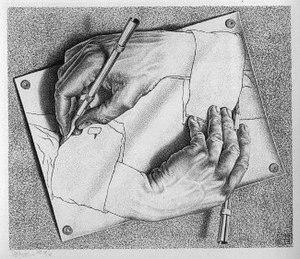 Image via Wikipedia
Image via Wikipedia
M.C. Escher, Dutch, 1898-1972
 Image via Wikipedia
Image via Wikipedia


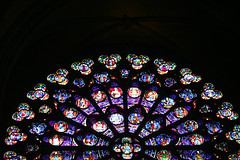 Image by *clairity* via Flickr
Image by *clairity* via Flickr
 Image by Metal Chris via Flickr
Image by Metal Chris via Flickr
 In the beginning of the lesson, students traced a square template that I had cut from used manila folders.
In the beginning of the lesson, students traced a square template that I had cut from used manila folders. Image by Jason Michael via Flickr
Image by Jason Michael via Flickr
I have to digress today from my regular blogging style because I want to share a site I love, "Terrible Yellow Eyes".
Where the Wild Things Are is in movie theaters now, and if you want to smile, check out Cory Godbey's blog right now!
Who can resist Where the Wild Things ART!!!!

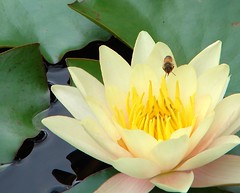 Image by aussiegall via Flickr
Image by aussiegall via Flickr
 Love the way this student added white crayon slashes around the paper. It looks like rain. After the blue wash, he added some purple and green splatters.
Love the way this student added white crayon slashes around the paper. It looks like rain. After the blue wash, he added some purple and green splatters. This student decided to add the footbridge in crayon also, very fun. And I think his blue wash came out very interesting.
This student decided to add the footbridge in crayon also, very fun. And I think his blue wash came out very interesting. This one was super fun to watch progress. She worked so quickly with her crayons and created beautiful depth at the edge of the pond, great shadows too.
This one was super fun to watch progress. She worked so quickly with her crayons and created beautiful depth at the edge of the pond, great shadows too.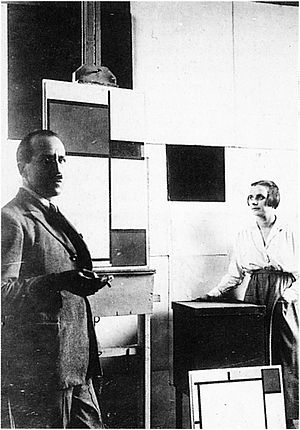 Image via Wikipedia
Image via Wikipedia
Piet Mondrian, Netherlands 1872-1944
Materials: white paper, thin strips of black paper, paint, glue.
First - We glued the black strips onto the white paper.
Second - We drew the design on a scratch piece of paper, and placed Y's, B's, R's, and W's in the shapes we wanted to be Yellow, Blue, Red, and White.
(It was very fun watching students puzzle over the decisions of where they wanted their colors. Erasing and rearranging. Seeing brains ticking makes me giddy.)
Third - We painted the shapes.


 Image by wallyg via Flickr
Image by wallyg via Flickr
John F. Kennedy Center for the Performing Arts works to increase arts education throughout the nation.
Editorial: Arts Initiative Will Put Sacramento on the Map
Published: Sunday, Oct. 11, 2009 - 12:00 am Page 6E
I don't live in Sacramento, but I'm encouraged by this recent article. Yes, yes, yes, more arts in the schools!
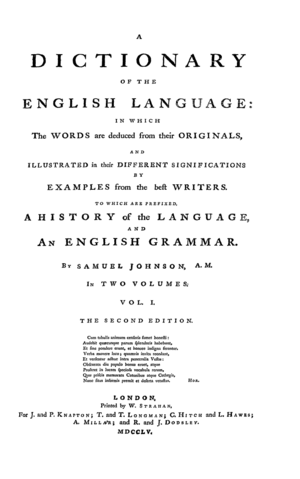 Image via Wikipedia
Image via Wikipedia